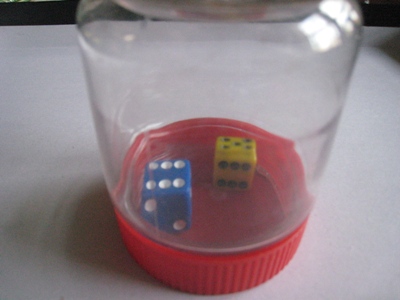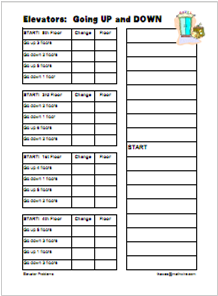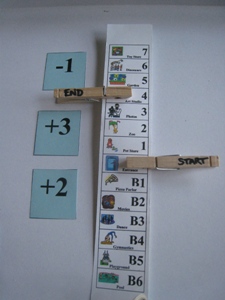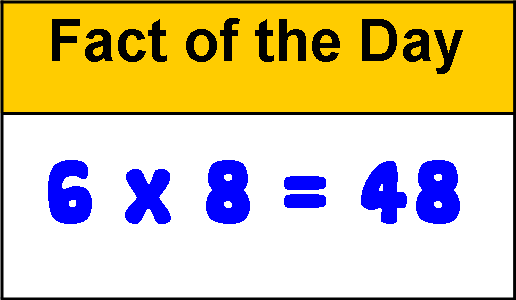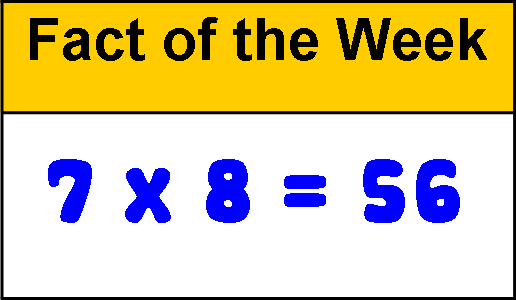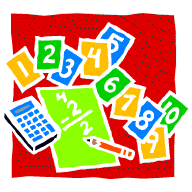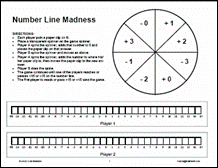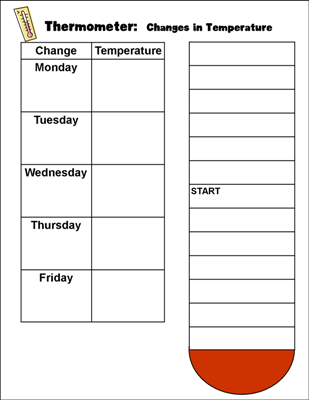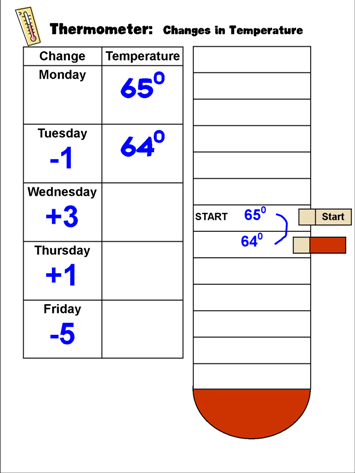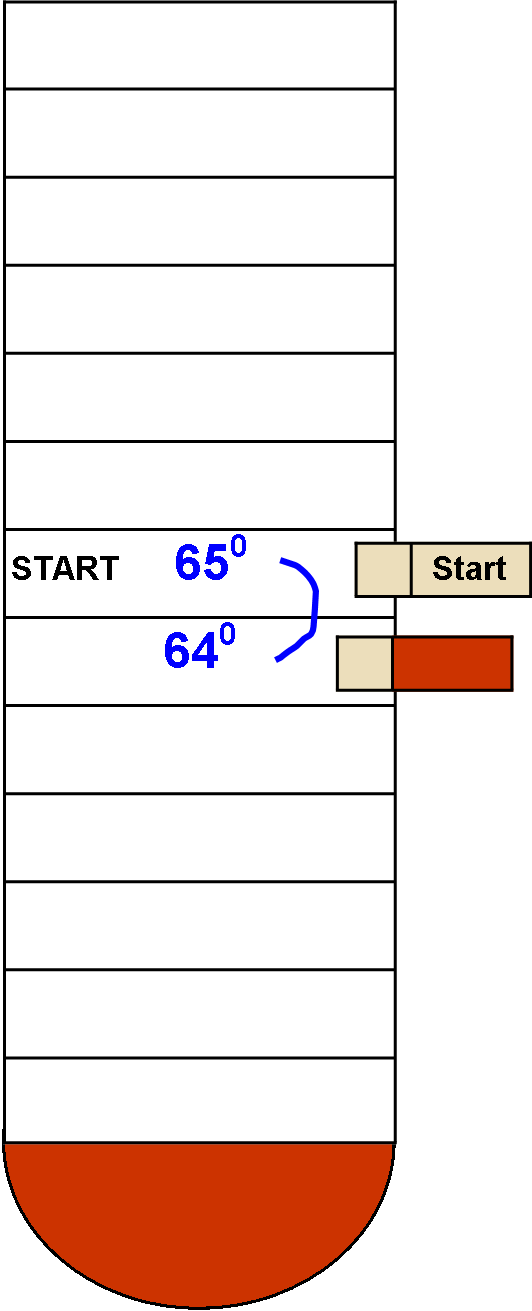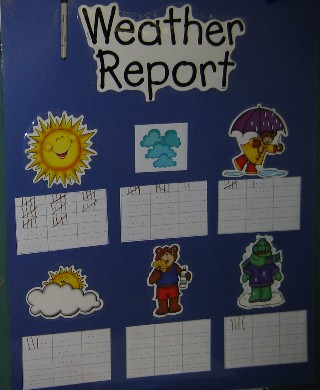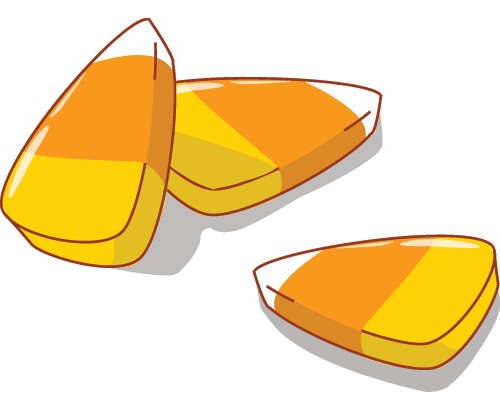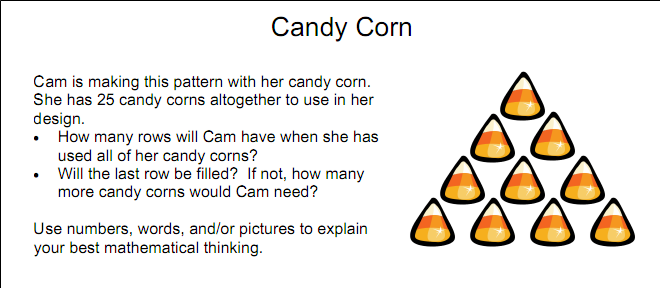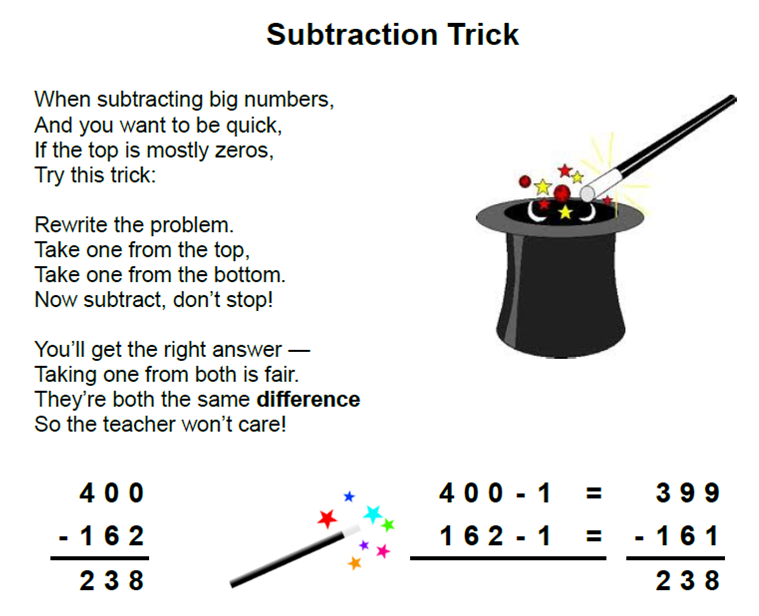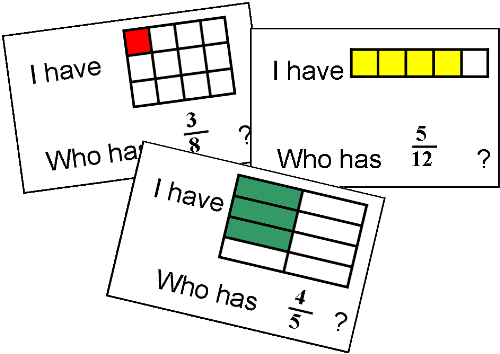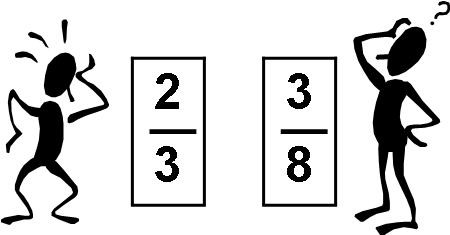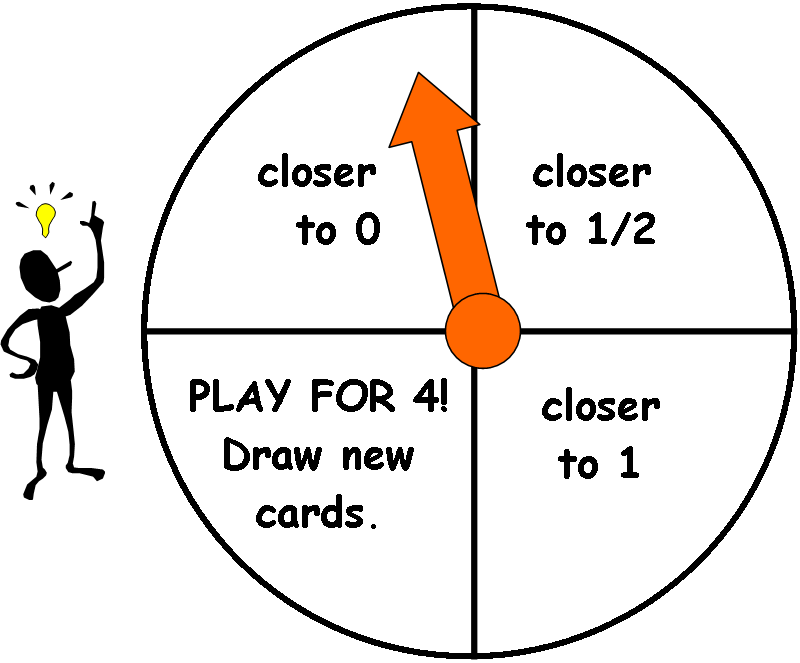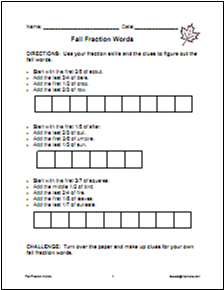In honor of Thanksgiving, here is a turkey and cow problem, an adaptation of the familiar chicken and cows problems. In these problems, students are given the number of heads and the number of legs and must figure out how many chickens and cows there are. Central to the solution of these types of problems is the fact that chickens have two legs and cows have four legs.
The following method is a simple pictorial way to solve these types of problems. Very young first and second graders have used this method to successfully tackle these problems, itching for more challenges.
PROBLEM: Farmer Brown counted the turkeys and cows in his barnyard.
- There were 5 heads.
- There were 14 legs.
How many turkeys and how many cows were in Farmer Brown's barnyard?
First, the students concentrate on the number of heads. In this case there were 5 heads, so the students draw 5 circles to represent the heads.
Second, the students give each head 2 legs to make them turkeys.
Now the student checks the number of heads and legs he has drawn. The student has 5 heads (correct) and 10 legs (not enough). Farmer Brown saw 14 legs, so the student needs to add 4 more legs. He must add 2 legs at a time because a cow has 4 legs.
Again, the student counts and checks his drawing. He has 5 heads (correct) and 14 legs (correct), so he now labels each drawing either T (turkey) or C (cow).
It is now easy to see that the solution to this problem is that Farmer Brown had 3 turkeys and 2 cows in his barnyard.
Teachers should model this method with students. It might be very helpful to model this solution on chart paper or chalkboard, so that students may refer back to this model as they solve problems on their own. Next, let pairs of students work together to solve another problem. After that, students may work individually or as pairs to solve additional problems involving turkeys and cows.
CHALLENGE: Students may be challenged to create their own turkey and cow problems for their classmates to solve. Each problem should also have a solution attached for easy checking.

